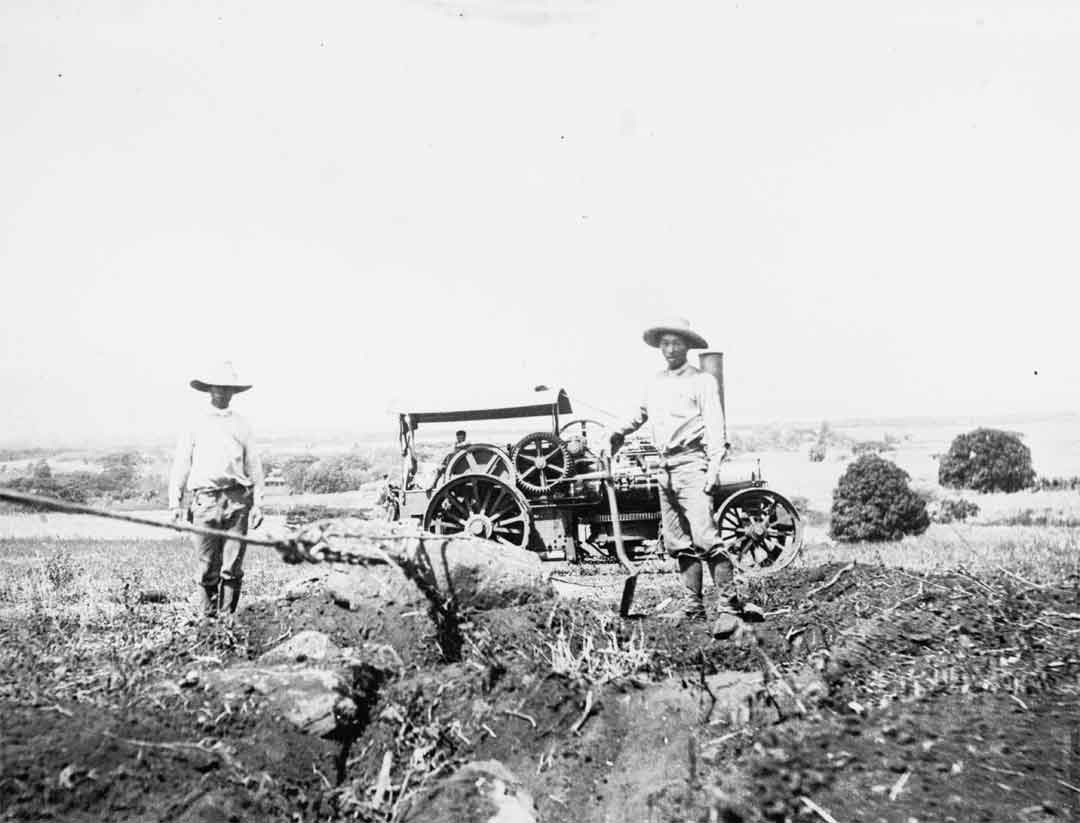Revolt in Hawaii
 Field in Hawaii at the turn of the century
Field in Hawaii at the turn of the century
American sugar growers revolted against the native Hawaiian monarchy. The revolt received assistance from the US Marines.
The new government received American recognition. A treaty was drawn up to annex the Hawaiian islands, but it did not pass before Harrison left office. McKinley removed US troops.
American sugar growers, on the islands of Hawaii, constantly attempted to increase their interest and decrease native influence. In 1887, they succeeded in arranging a revolt that secured a liberal constitution.
The sugar growers lost power in 1891, when Queen Liliuokalani, who was a strong exponent of native power, came to the thrown. She removed the 1887 constitution and gave herself royal autocratic powers.
The Americans were led by Sanford Dole, whose Revolutionary Committee for Safety received the active support of the American minister to Hawaii. The minister ordered Marines from the cruiser Boston to come ashore on January 16, ostensibly to protect American lives.
On January 17, the US recognized the provisional revolutionary government. John Stevens, the US envoy, raised the American flag over government buildings and declared the islands an American protectorate on February 1. The Senate, however, failed to approve the treaty of annexation. Opposition came primarily from the Democrats.
When Cleveland returned to power, he ordered an investigation headed by ex-Congressman Blount. Blount found Stevens acted improperly, and that the majority of Hawaiians opposed annexation.
Cleveland ordered US troops out of Hawaii and stated that the Queen should be returned to power. Cleveland was, however, unwilling to use US government troops for this purpose.
 >
>